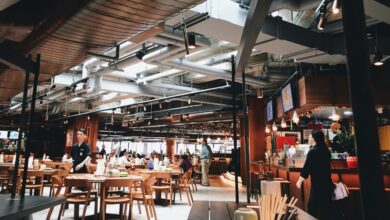How smart tech is futureproofing the F&B sector

There’s no denying that we live in an age of digital dependency: a user interacts with – taps, types, swipes and clicks – their phone almost 3,000 times a day. By 2020, there will be six billion smartphone users worldwide and almost 75% of the global population will be connected by mobile.







